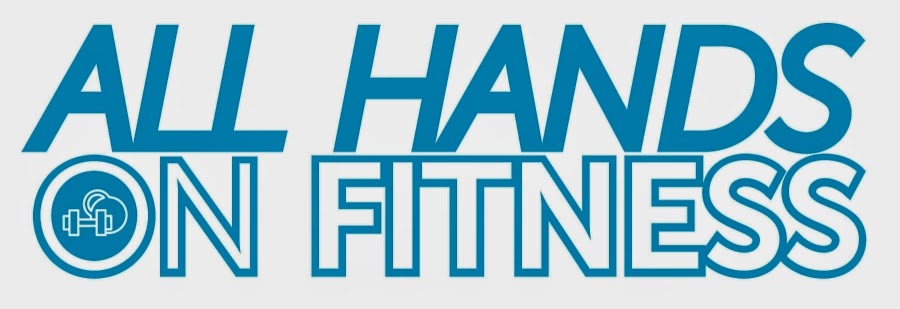If your shoulder hurts, you've probably assumed something with your shoulder is inherently dysfunctional. While that may not be false, you also have to consider what's going on around your shoulder. Ida Rolf, a famous Structural Integration practitioner said it perfectly, "Where you think it is, it ain't."
Sometimes, the area in question is not necessarily the root of the problem, and you need to look at the bigger picture. As I've said before, it's impossible to break the body up into parts. Everything in the body affects everything else. Dysfunction in one area will indubitably cause further dysfunction elsewhere. In fact, the source of the discomfort may be where you'd least expect it to be.
Believe it or not, your butt has a tremendous influence on your overhead strength.
Thomas Myers's explanation of the term "tensegrity" is a wonderful example of this: he discusses how a pull in one part of the fascia (a sheath of connective tissue that surrounds the muscles) will absolutely create a ripple effect in the rest of the surrounding structures. Muscles that share a similar sequence or action will interact with one another.
Think of the body as a giant "X." Intuitively, the opposing halves of the body move together to create balance. You'll notice that your right arm comes forward with your left leg when you walk or run. Here, we are subconsciously using the functional line (as Thomas Myers refers to it).
 |
| Check out the booty on this model... |
Now, imagine that your glutes aren't firing properly. How do you think this lack of glute activation might affect your mechanics, not just during a sprint, but also during a deadlift or, even, a pull-up?
A study on this idea by Carvalhais et. al. notes:
"there are extensive connections between the latissimus dorsi and gluteus maximus muscles and the thoracolumbar fascia, which suggests a possible pathway for myofascial force transmission ... The results demonstrated that manipulation of the LD tension modified the passive hip variables, providing evidence of myofascial force transmission in vivo."In summary, participants who contracted their latissimus dorsi, either actively or passively, all saw a notable amount of response in the gluteus maximus.
 Although the glutes are a part of the "lower body" and the lats are considered to be in the "upper body," the pairing of these two muscle groups is important. We always have to understand muscular synergists and antagonists. In other words, we have to understand which muscles work together to produce a given movement, and, likewise, consider the muscles that have the opposite actions.
Although the glutes are a part of the "lower body" and the lats are considered to be in the "upper body," the pairing of these two muscle groups is important. We always have to understand muscular synergists and antagonists. In other words, we have to understand which muscles work together to produce a given movement, and, likewise, consider the muscles that have the opposite actions.The best way to fix a lack of synergy between the latissimus dorsi and opposing gluteus maximus is to add some more cross crawling patterns into your routine. Train you brain to sequence the proper muscular activation by utilizing exercises like bear crawls, marches, and bird dogs, as prescribed in the link.
My job, as a trainer, is to analyze movement. I look for flaws in a sequence. When someone complains of pain in a given area, I don't want them to point to where it hurts. I will learn more by watching them move. Someone's gait or squat pattern can tell me a lot.
Take notice of global movement patterns, and, maybe then, you'll learn the whole story. Think outside of the box.
Works Cited:
- Carvalhais, Viviane Otoni Do Carmo, Juliana De Melo Ocarino, Vanessa Lara Araújo, Thales Rezende Souza, Paula Lanna Pereira Silva, and Sérgio Teixeira Fonseca. "Myofascial Force Transmission between the Latissimus Dorsi and Gluteus Maximus Muscles: An in Vivo Experiment." Journal of Biomechanics 46.5 (2013): 1003-007. Web.
- Dooley, Kathy. "Anatomy Angel: Dorsal Sling." Dooley Noted. Kathy Dooley, 4 Mar. 2015. Web. 18 Aug. 2015.
- Myers, Thomas W. Anatomy Trains: Myofascial Meridians for Manual and Movement Therapists. Edinburgh: Churchill Livingstone, 2001. Print.
- Shin, Seung-Je, Tae-Young Kim, and Won-Gyu Yoo. "Effects of Various Gait Speeds on the Latissimus Dorsi and Gluteus Maximus Muscles Associated with the Posterior Oblique Sling System." J Phys Ther Sci Journal of Physical Therapy Science 25.11 (2013): 1391-392. Web.


Really, this is a great article! There are many information. Dear visitors, you go to this link.
ReplyDeleteEasy Health & Fitness Tips- Go Fit Star!